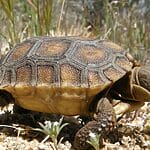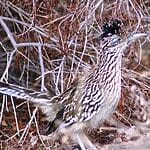15 Interesting Animals in Death Valley – You Might Not Know
Death Valley forms the northern part of the Mojave desert landscape. This valley is situated in Eastern California and part of Nevada, USA. It is renowned as the hottest and driest national park in North America.
This valley is known for its extreme temperatures, vast salt flats, and towering peaks, Death Valley reaches boiling temperatures exceeding 120 degrees Fahrenheit (49 degrees Celsius).

You can spot many interesting animals in death valley that have evolved to thrive in the challenging environment. For example, the rare desert pupfish, resilient to high salinity, calls the valley home, inhabiting limited water sources like Salt Creek.
Other animals that live in Death Valley are the bighorn sheep, coyotes, and kit foxes, showcasing the adaptability of life in this extreme desert terrain.
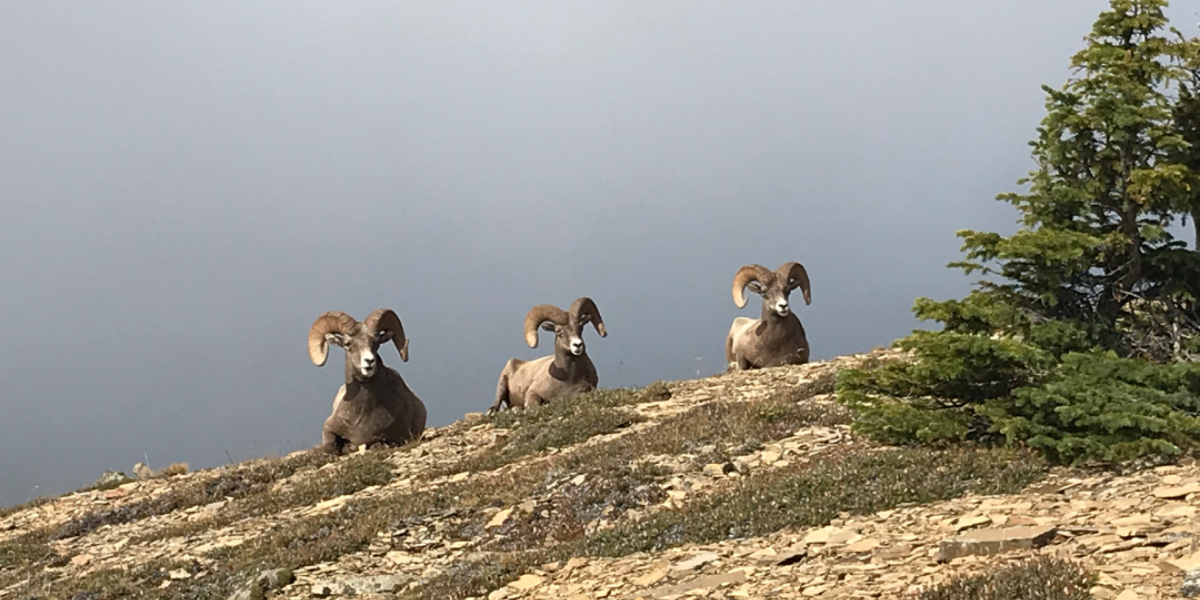
Tourists exploring Death Valley can marvel at the incredible biodiversity by visiting places like Badwater Basin, the lowest point in North America, and the Mesquite Flat Sand Dunes. Birdwatchers may spot ravens, red-tailed hawks, and migratory species.
The colorful hills of Artist’s Palette provide a stunning display of mineral-rich formations. Stovepipe Wells and Furnace Creek offer opportunities to witness wildlife in their natural habitat.
As visitors traverse this unique desert landscape, they encounter the surprising resilience of interesting animals in Death valley that have not only adapted but flourished in the exceptional conditions of Death Valley.
15 Interesting Animals in Death Valley National park and where to Spot them
In Death Valley, one can encounter a variety of interesting animals uniquely adapted to the extreme desert conditions. From the elusive Desert Bighorn Sheep navigating rocky slopes to the captivating and venomous Mojave Desert Sidewinder rattlesnake, the region harbors a diverse array of fascinating wildlife.
Moreover, we have gathered 15 interesting animals in Death Valley and best places to spot them in the Death Valley National Park.
Death Valley National Park
Death Valley National Park, a vast national park, and renowned for its extreme temperatures and otherworldly landscapes, the park also harbors a surprising array of interesting animals adapted to the harsh conditions.
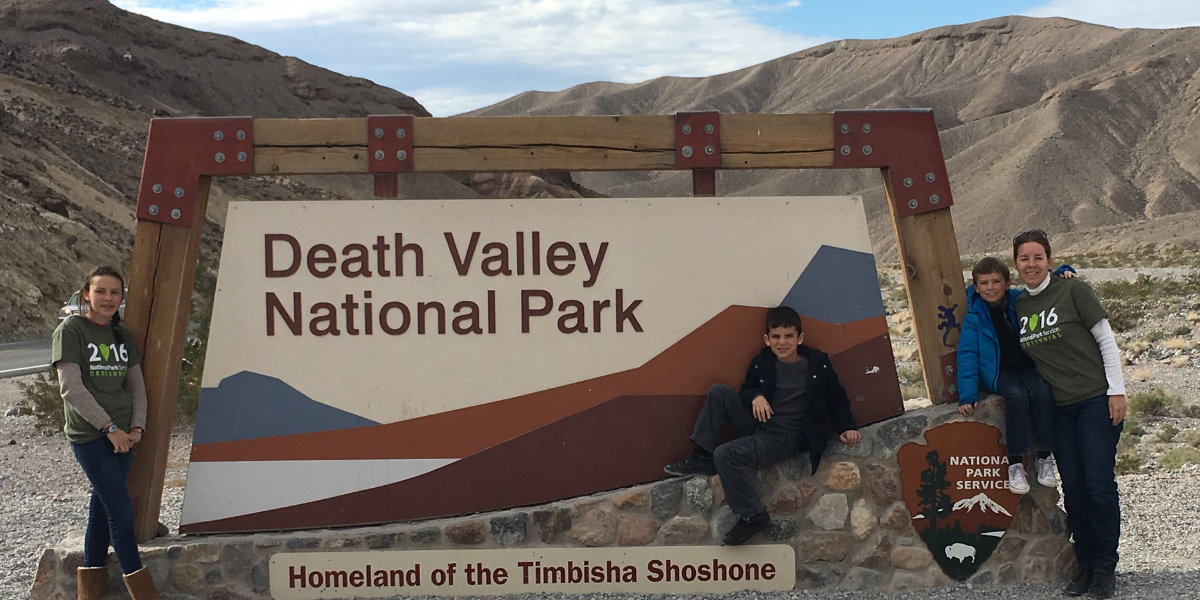
Despite the arid environment, Death Valley is home to fascinating wildlife such as bighorn sheep, coyotes, and kit foxes. The park’s diverse habitats, from salt flats to sand dunes, provide niches for various species.
Visitors to Death Valley National Park can explore the diverse ecosystems, marvel at Badwater Basin, the lowest point in North America, and witness the surreal beauty of the Mesquite Flat Sand Dunes. Birdwatchers may spot interesting animals like ravens and red-tailed hawks soaring above the vast landscapes.
Mountain Lions (Puma concolor)
Mountain Lions, also known as cougars or pumas, inhabit a variety of ecosystems across the Americas. They are found in countries such as the United States, Canada, Mexico, and parts of South America.
While these interesting animals in Death Valley are adaptable to different habitats, ranging from forests to deserts, they are particularly elusive in their presence.
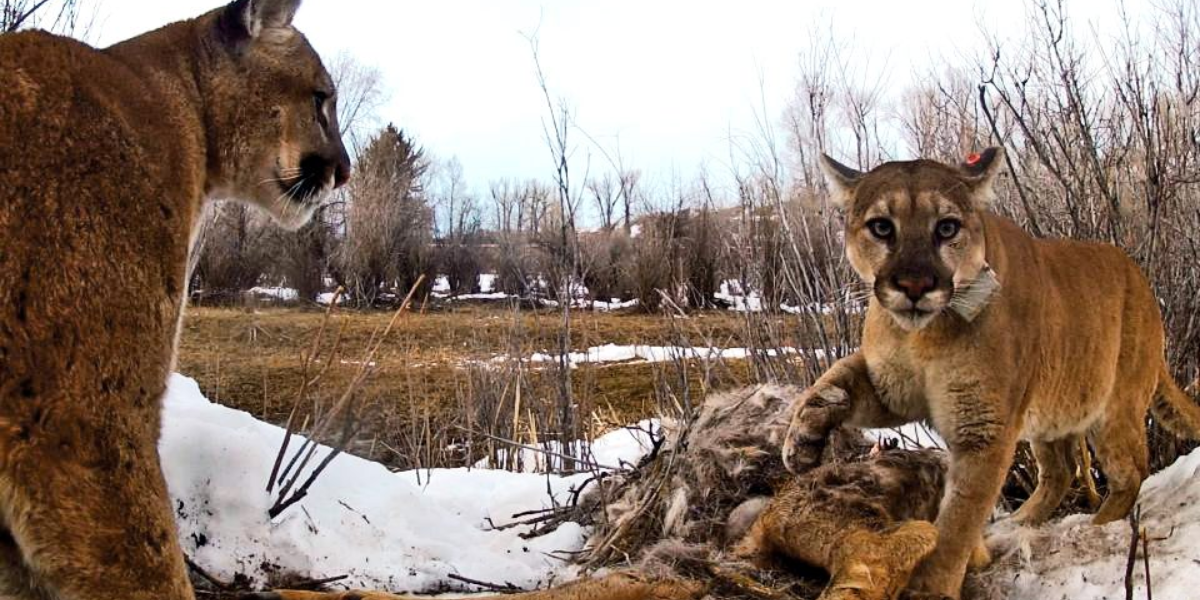
In the scorching temperatures of Death Valley, where extreme heat prevails, Mountain Lions manage their body temperature through strategic resting in shaded areas and limiting physical activity to cooler periods like dawn and dusk.
These apex predators have a diverse diet, preying on deer, elk, and smaller mammals. Visitors exploring their natural habitats may have the rare opportunity to spot them, especially in rugged terrains and remote wilderness areas.
The International Union for Conservation of Nature (IUCN) categorizes Mountain Lions as a species of “Least Concern.” However, their populations face threats due to habitat fragmentation, human-wildlife conflict, and declining prey availability.
Desert Bighorn Sheep (Ovis canadensis nelsoni)
These sheep have the same concave, elastic hooves allow them to traverse steep, rocky terrain as their mountain cousins. These interesting animals in death valley inhabit the arid regions of North America, primarily found in the southwestern United States and northern Mexico.
Their population is thriving in challenging environments of Death Valley due to their adaptation to survive extreme temperatures by selecting habitats with natural shade and rugged terrain.
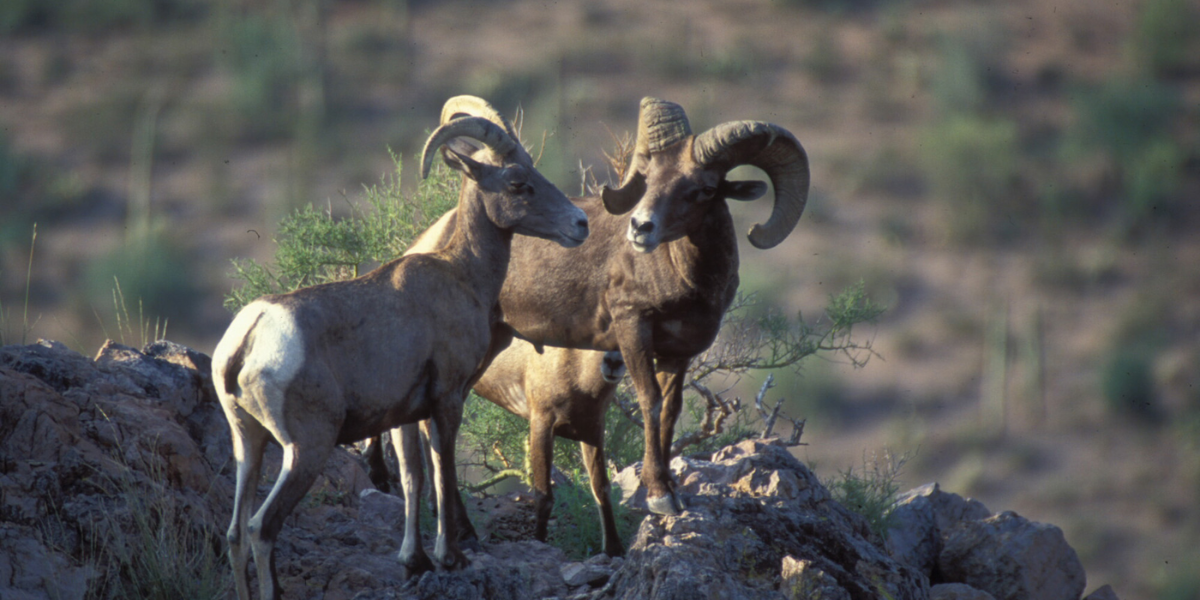
In Death Valley, the Desert Bighorn Sheep maintain their body temperature through behavioral adaptations, such as seeking shade during the day and foraging for food during cooler periods.
They have vegetarian diet, including shrubs, grasses, and cacti, enabling them to extract sufficient moisture from their food to endure water-scarce conditions.
Visitors to Death Valley National Park, especially in mountainous areas like the Black Mountains and Panamint Range, may spot these elusive and agile creatures scaling steep rock faces. The Desert Bighorn Sheep is currently listed as “Least Concern” on the IUCN Red List.
But their population faces threats from habitat fragmentation, disease transmission from domestic livestock, and competition for limited water sources
Desert Tortoise (Gopherus agassizii)
The Desert Tortoise is an interesting animal native to the deserts of the southwestern United States, including parts of California, Nevada, Utah, and Arizona. These reptiles are particularly well-adapted to arid environments, where they inhabit a range of desert habitats, from sandy flats to rocky slopes.
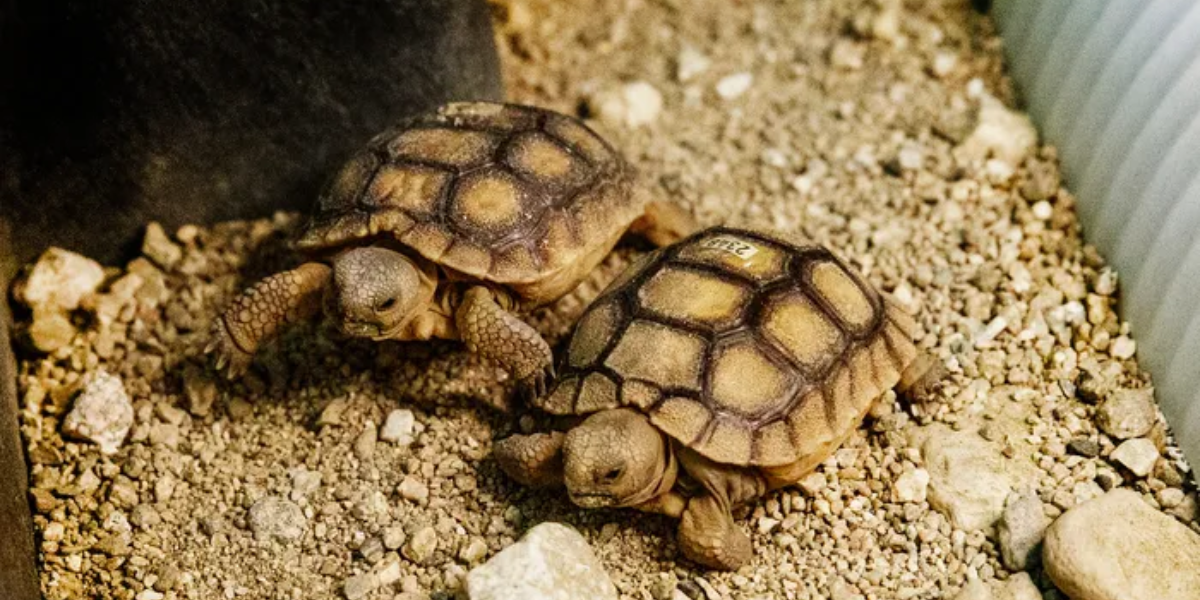
To regulate their body temperature to survive in the challenging environment of Death Valley, Desert Tortoises utilize burrows. They retreat underground during the scorching heat and emerge during cooler periods, effectively avoiding the intense temperatures that can exceed 120 degrees Fahrenheit.
Desert Tortoises have vegetarian diet, feeding on a variety of plants such as grasses, wildflowers, and cacti. Visitors to Death Valley National Park might spot these interesting animals in areas with suitable vegetation, like the Mojave Desert.
The Desert Tortoise is now categorized as a “Vulnerable Species” on the IUCN Red List. However, some major threats to their population include habitat destruction, disease, and illegal collection.
Desert Cottontail (Sylvilagus audubonii)
The Desert Cottontails are interesting animals in Death Valley and thrive in arid regions across North America, including the southwestern United States and northern Mexico. In Death Valley’s extreme temperatures, these resilient rabbits have evolved unique strategies to regulate their body temperature.
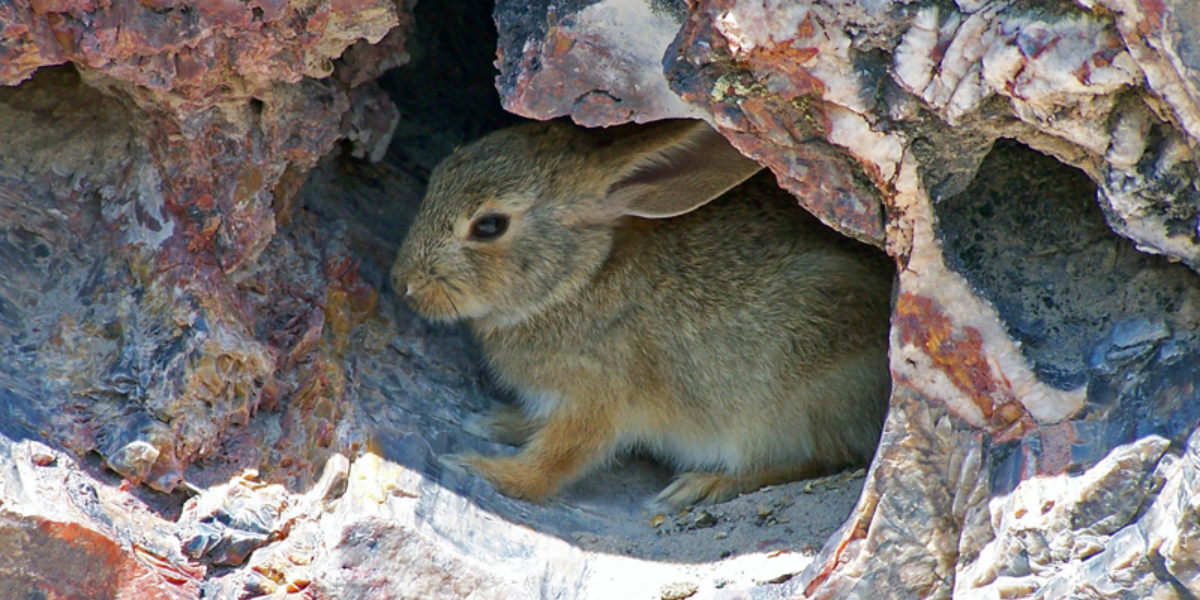
They are crepuscular, being most active during cooler dawn and dusk hours, and they utilize burrows for shelter during scorching midday heat. They feed on a variety of desert vegetation, Desert Cottontails play a vital role in the ecosystem as herbivores, contributing to plant dispersal.
Visitors to Death Valley may spot these cottontails in the park’s varied habitats, from desert scrublands to rocky canyons. On the IUCN red list of threatened species the desert cotton tail is listed as “Least Concern,” However, habitat degradation, predation, and climate change pose potential threats to their population.
Chuckwalla (Sauromalus obesus)
The Chuckwalla is an interesting reptile native to the arid regions of the southwestern United States and northwestern Mexico, including areas like Death Valley. These interesting animals in Death Valley thrive in rocky desert habitats and are known for their impressive ability to regulate body temperature.
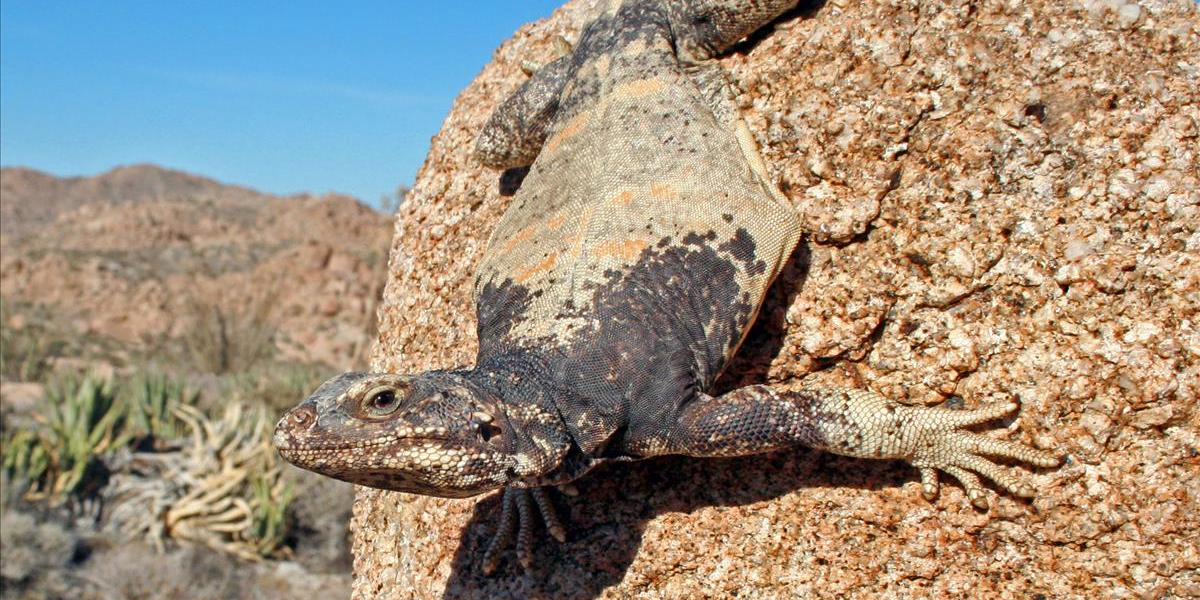
They maintain their body temperature by basking in the sun during the cooler morning hours and retreating to rock crevices as the day heats up, effectively utilizing the thermal properties of their rocky surroundings.
These herbivorous reptiles primarily consume a diet of flowers, leaves, and desert plants, demonstrating their adaptation to the limited vegetation in their arid environments. Visitors exploring rocky outcrops and canyons in Death Valley may encounter Chuckwallas, especially during the cooler parts of the day.
On the IUCN red list of threatened species, they are listed as “Least Concern,” however their population is facing threats from habitat degradation and climate change
Giant kangaroo Rats (Dipodomys ingens)
Kangaroo Rats are interesting inhabitants of arid environments and are primarily found in North America, including parts of the United States and Mexico. These interesting animals in death valley thrive in the extreme conditions of Death Valley, showcasing their adaptability to desert environments.
Their natural habitats consist of sandy or gravelly soils, where they construct intricate burrow systems that help them regulate their body temperature.
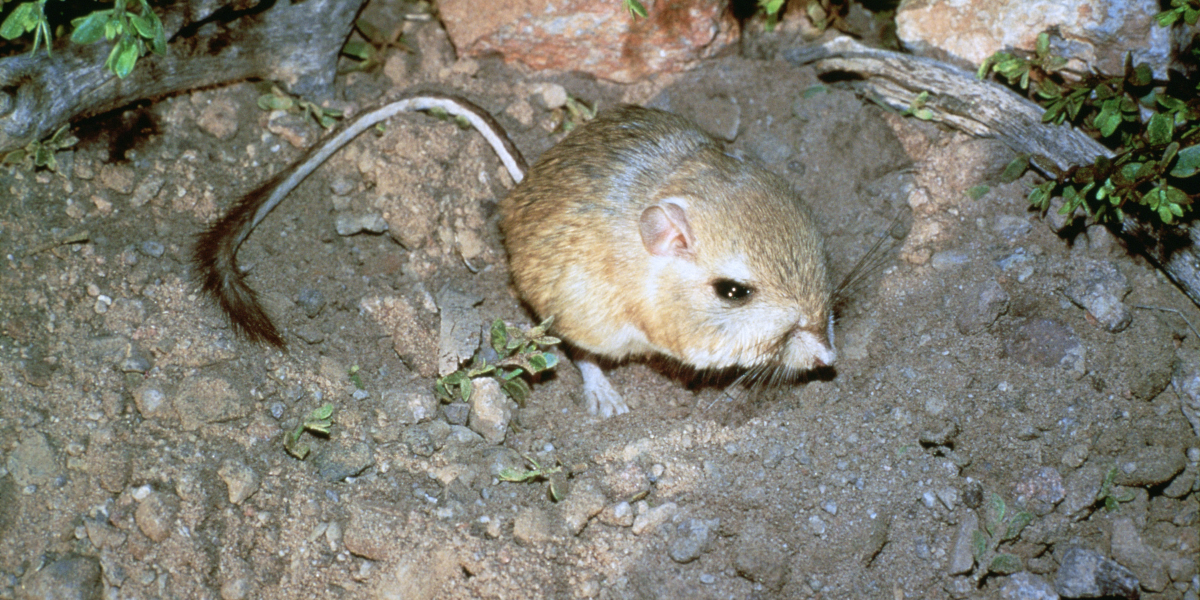
These interesting animals in Death Valley are nocturnal, avoiding the intense daytime heat, to endure the scorching temperatures. They dissipate excess heat through their large hairless tails, and their kidneys efficiently concentrate urine, minimizing water loss.
These interesting animals are herbivores, consuming seeds and vegetation, and are well-adapted to obtaining moisture from their diet, reducing their reliance on water sources.
Visitors to Death Valley can spot kangaroo rats in areas with sandy soils, especially during the cooler evening hours when they become active. Additionally, on the IUCN red list the kangaroo rats are listed as “Critically Endangered,” but they play a crucial role in maintaining ecosystem balance.
However, their populations face threats due to habitat loss, climate change, and potential alterations in vegetation composition.
Kit Fox (Vulpes macrotis)
The Kit Fox is an intriguing animal found in the arid regions of North America, including parts of the United States and Mexico. These small foxes are well-adapted to the challenging environments of Death Valley, where extreme temperatures are the norm.
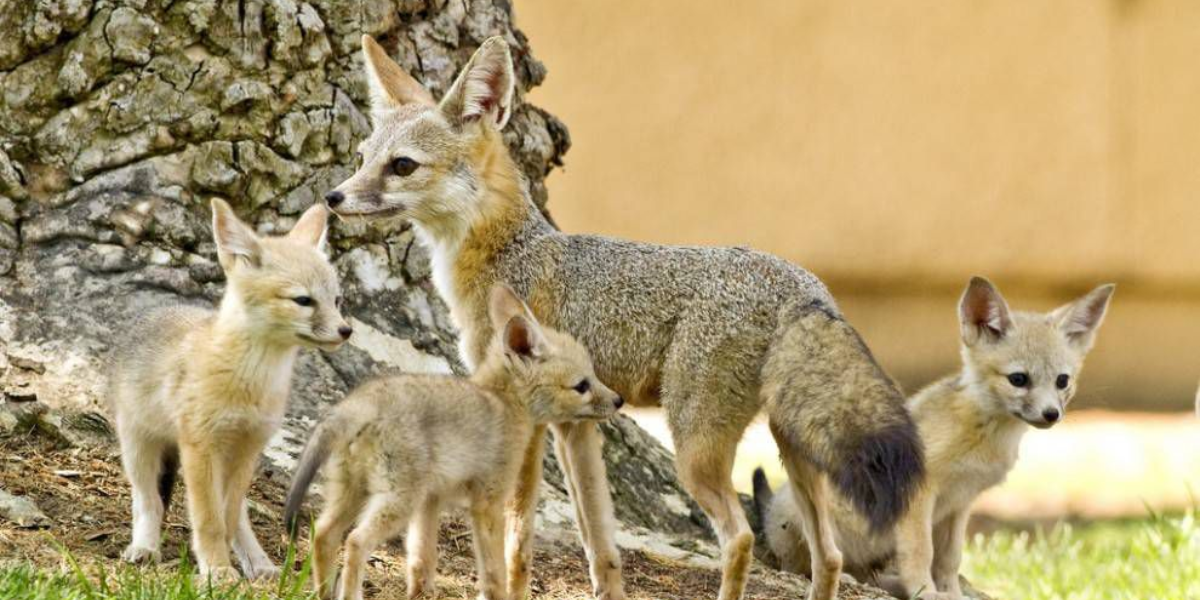
To cope with the severe heat, Kit Foxes rely on their nocturnal lifestyle, seeking shelter during the day and emerging at night when temperatures are cooler, a fascinating adaptation that showcases their ability to thrive in the harsh conditions of Death Valley.
As of now, the IUCN Red List categorizes the Kit Fox as a species of “Least Concern,” signifying a relatively stable population. However, habitat fragmentation, human-wildlife conflict, and disease transmission from domestic animals pose potential threats to the Kit Fox population,
Salt Creek Pupfish(Cyprinodon salinus)
The Pupfish, particularly the Death Valley Pupfish, stands as an intriguing inhabitant of the arid regions of North America. These interesting animals in Death Valley are endemic to the United States, and thrive in extreme environments, specifically in Death Valley, California.
For tolerating the extreme environment of Death Valley, Pupfish employs a unique thermal regulation strategy. They navigate between shallow, warmer waters during cooler periods and deeper, cooler areas to prevent overheating, showcasing their remarkable adaptation to the harsh climate.
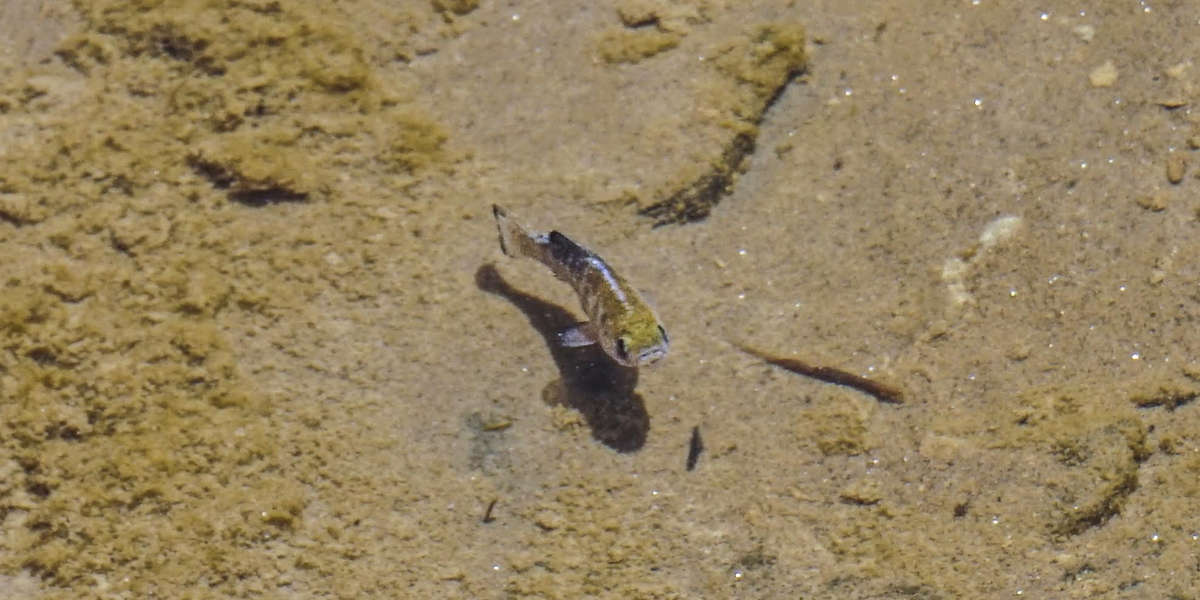
These interesting animals in Death Valley feed primarily on algae and detritus. They are adapted to the alkaline pools and springs of their habitat. Visitors exploring the diverse landscapes of Death Valley, particularly the Salt Creek area, may have the opportunity to observe these fascinating fish in their natural environment.
Currently listed as a species of “Least Concern” on the IUCN Red List, Death Valley Pupfish face threats due to habitat degradation, water scarcity, and climate change.
Roadrunners (Geococcyx)
Roadrunners are interesting inhabitants of the arid landscapes, including Death Valley, and exhibit their adaptability across the southwestern United States and parts of Mexico.
They are known for their distinctive appearance and quick movements. These interesting birds thrive in desert scrublands, grasslands, and open woodlands.
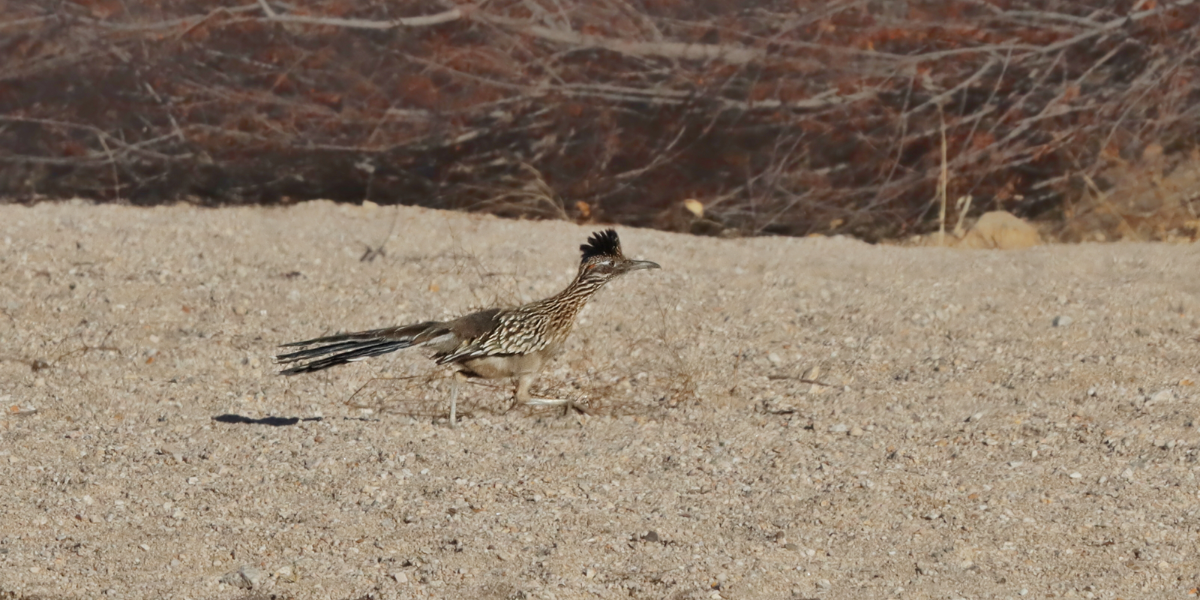
In Death Valley, they use various thermoregulation methods to cope with soaring temperatures, including panting and seeking shade. They are opportunistic omnivores, consuming insects, small mammals, reptiles, and even fruit.
Visitors to Death Valley may encounter these interesting animals in the park’s lower elevations, where the desert environment provides ample hunting opportunities.
On the IUCN red list, the roadrunners are listed as “Least Concern,” However, potential threats to their population include habitat loss due to urbanization, road mortality, and predation by domestic animals.
American Bullfrog (Lithobates catesbeianus)
The American Bullfrogs are interesting animals in Death Valley. These amphibians are known for their widespread distribution across North America, including the United States and Canada.
While not native species to Death Valley, they can be found in various habitats across the continent, including ponds, lakes, and slow-moving streams.
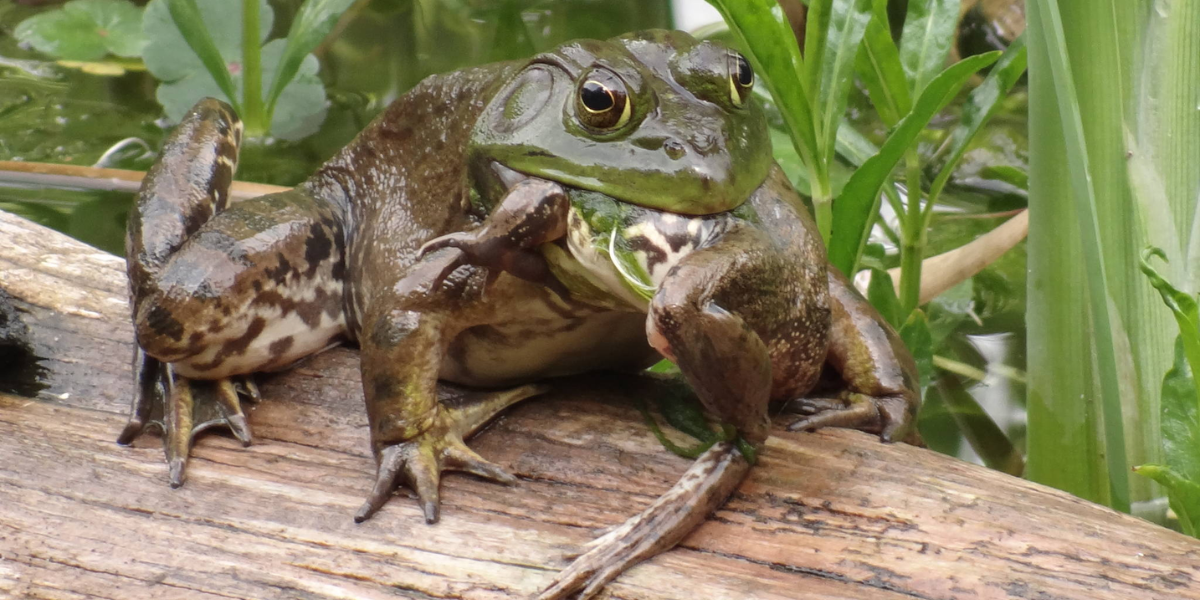
Bullfrogs maintain their body temperature through behavioral adaptations, seeking refuge in water bodies to regulate their temperature in response to extreme environmental conditions. Their diet is diverse, consisting of insects, small fish, and even other frogs.
However, the American Bullfrog is not native to Death Valley, and its introduction to new habitats can have detrimental effects on local ecosystems.
Visitors exploring suitable habitats outside Death Valley, such as wetlands, ponds, or lakes in other regions, may encounter Bullfrogs showcasing their interesting behaviors.
On the IUCN red list, the bullfrogs are listed as “Least Concern.” However, their introduction to non-native habitats poses a significant threat to local ecosystems, leading to population declines in indigenous species.
Black-tailed Jackrabbits (Lepus californicus)
The black-tailed jackrabbits are interesting animals in Death Valley. They are native to North America, spanning across the United States and Mexico.
These rabbits are known for their distinctive long ears and black-tipped tails and thrive in a variety of habitats, including deserts, grasslands, and open woodlands.
In Death Valley, Black-tailed Jackrabbits exhibit interesting behavioral adaptations to cope with extreme temperatures. They are crepuscular, being most active during dawn and dusk, which helps them avoid the intense heat of the day.
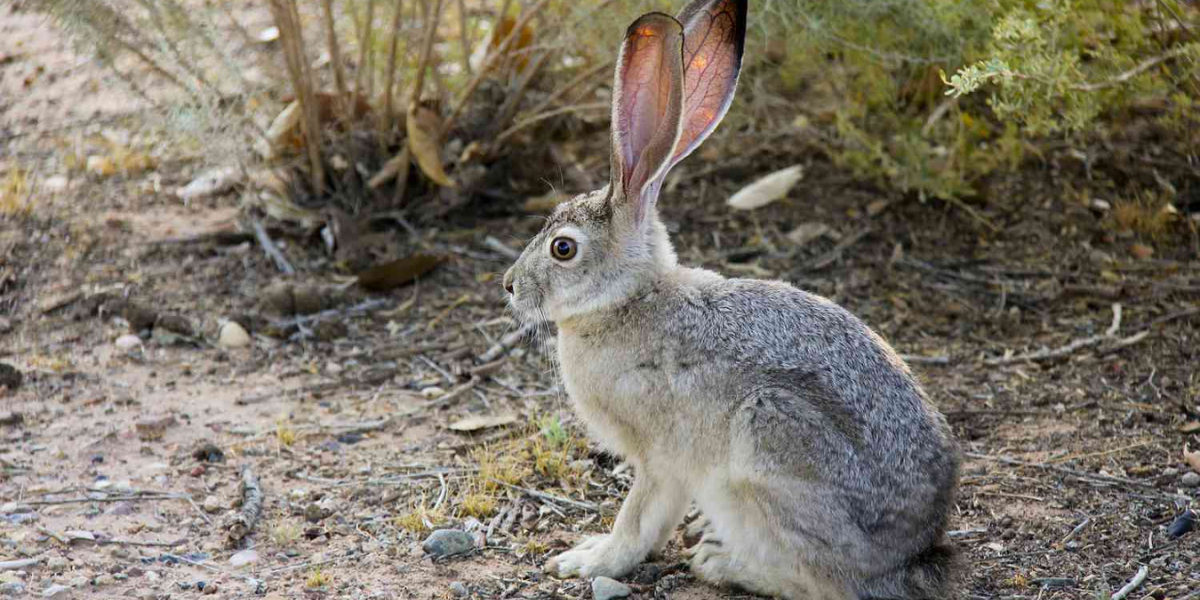
These jackrabbits also rely on burrows and shade to regulate their body temperature in the arid desert environment. They are primarily herbivores and feed on grasses, herbs, and shrubs.
Visitors to Death Valley may spot these interesting animals in open areas, especially in the park’s lower elevations where vegetation is more abundant.
On the IUCN red list, they are categorized as “Least Concern,” However, their populations face threats such as habitat loss due to urbanization and agriculture, predation, and diseases.
Ground Squirrels
Ground Squirrels, interesting animals in Death Valley, are a common sight across North America, including the United States and Mexico. These rodents thrive in a variety of natural habitats, ranging from grasslands and meadows to deserts and rocky areas.
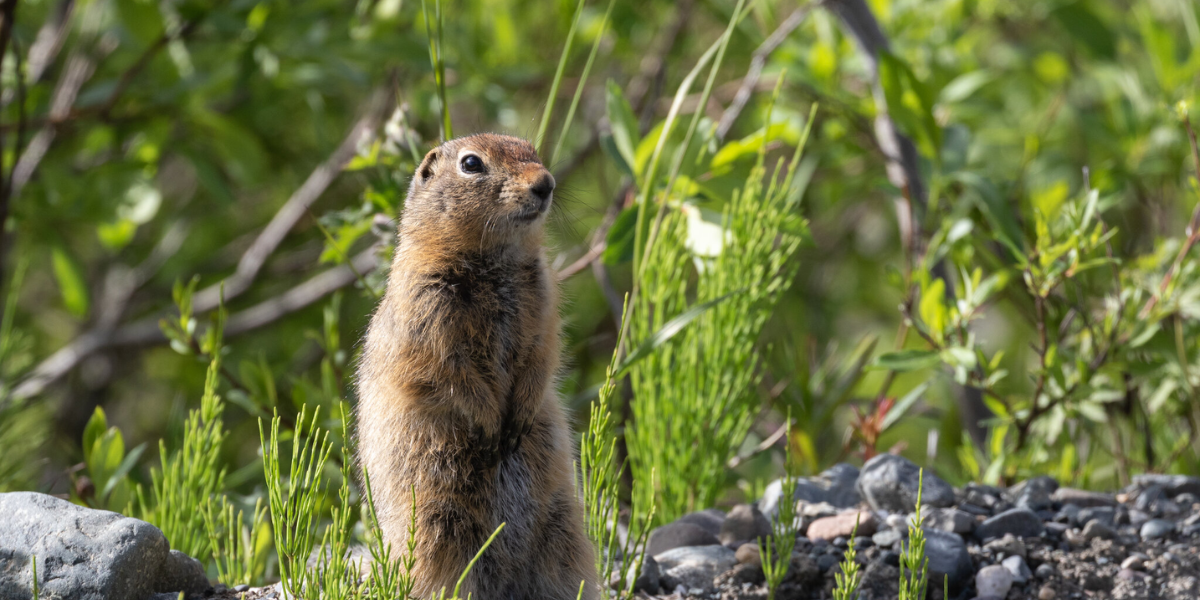
These squirrels use different methods to fight against the burning temperatures of Death Valley. They often retreat to burrows or shaded areas, seeking refuge from the intense heat. Their burrowing behavior not only provides shelter but also aids in thermoregulation.
Ground Squirrels are herbivores, consuming a diet primarily consisting of seeds, nuts, fruits, and vegetation. Visitors exploring Death Valley’s diverse landscapes may spot these rodents in open areas, foraging for food or scurrying between rocks.
On the IUCN red list, they are listed as “Endangered Species,” However, the main threats to their population include habitat loss due to urbanization and agriculture, predation, and human activities.
Bat
Bats, interesting animals in Death Valley, are found worldwide, occupying diverse habitats from forests to deserts. While Death Valley may seem inhospitable, some bat species are adapted to its arid conditions.
These remarkable mammals regulate their body temperature by utilizing roosting sites in caves or rock crevices during the day, seeking refuge from the extreme heat.
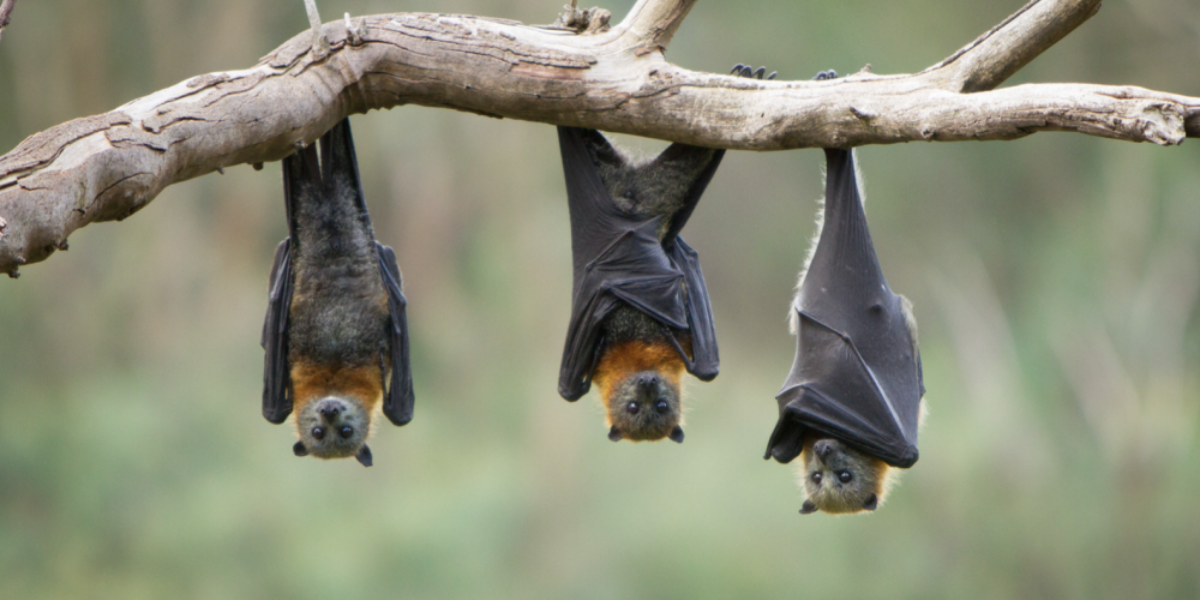
Bats are primarily nocturnal insectivores, playing a vital role in controlling insect populations. Visitors to Death Valley may spot bats at dusk when they emerge to feed on insects like moths and beetles.
According to the IUCN Red List of Threatened Species, these bats are listed as “Endangered Species.” Moreover their population is facing threats such as habitat loss, pesticide exposure, and disturbances to roosting sites.
Some Interesting Snakes in Death Valley National Park
In Death Valley, a unique and extreme desert environment, various snake species have adapted to thrive in challenging conditions. One interesting snake species is the Panamint Rattlesnake (Crotalus stephensi), known for its striking coloration and distinctive rattling sound.
These venomous pit vipers are found in rocky areas and canyons, showcasing their resilience in the arid landscape. Known for its striking appearance, the Panamint Rattlesnake typically features a pinkish or light brown coloration with darker blotches along its body. Its distinct rattling sound serves as a warning to potential threats.

Despite its venomous nature, the Panamint Rattlesnake plays a vital role in the ecosystem by controlling rodent populations. This species is well-adapted to the extreme conditions of Death Valley, where temperatures can soar to scorching levels.
Their ability to regulate body temperature and find refuge in rocky crevices highlights their resilience in the challenging desert environment.
Another interesting snake species is the Mojave desert sidewinder rattlesnake (Crotalus cerastes), recognizable by its peculiar sidewinding locomotion. They have a distinctive method of locomotion, the sidewinder moves in a sidewinding manner, lifting its body off the hot desert sand and creating a series of J-shaped curves.
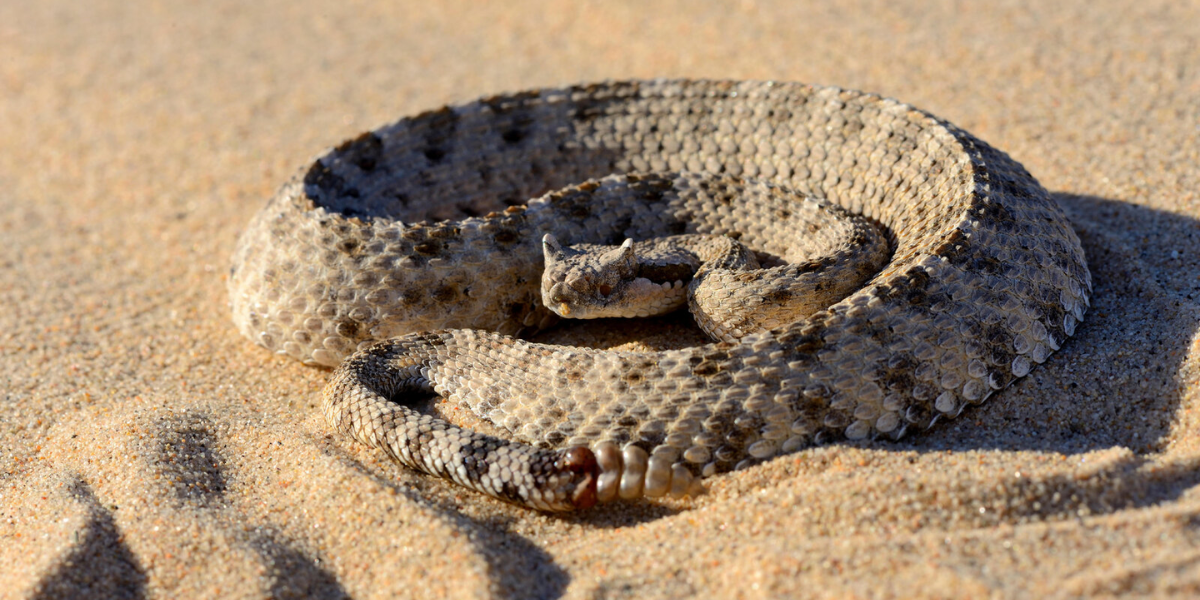
This adaptation allows it to navigate efficiently while minimizing contact with the scorching ground. The Mojave Desert Sidewinder features a light coloration, often blending in with its sandy surroundings, and has horn-like projections above its eyes.
Like other rattlesnakes, it possesses a venomous bite used for hunting small mammals, birds, and lizards. These snakes thrive in the harsh conditions of the Mojave Desert, this rattlesnake has evolved to withstand extreme temperatures.
It is well-adapted to the arid landscape, showcasing the resilience and unique adaptations of wildlife in challenging environments.
Frequently Asked Questions about Interesting Animals in Death Valley National Park
What animals can you find at Death Valley?
Desert bighorn sheep, bobcats, mountain lions, jackrabbits, squirrels, gophers, and other small mammals can be spotted at Death Valley.
What is the largest animal that lives in Death Valley?
The desert bighorn is the largest native mammal that lives in Death Valley.
Do snakes live in Death Valley?
Yes, many species of snakes are thriving in Death Valley.
What poisonous animals are in Death Valley?
Death valley is home to some poisonous animals such as rattlesnakes, scorpions, and black widow spiders.

